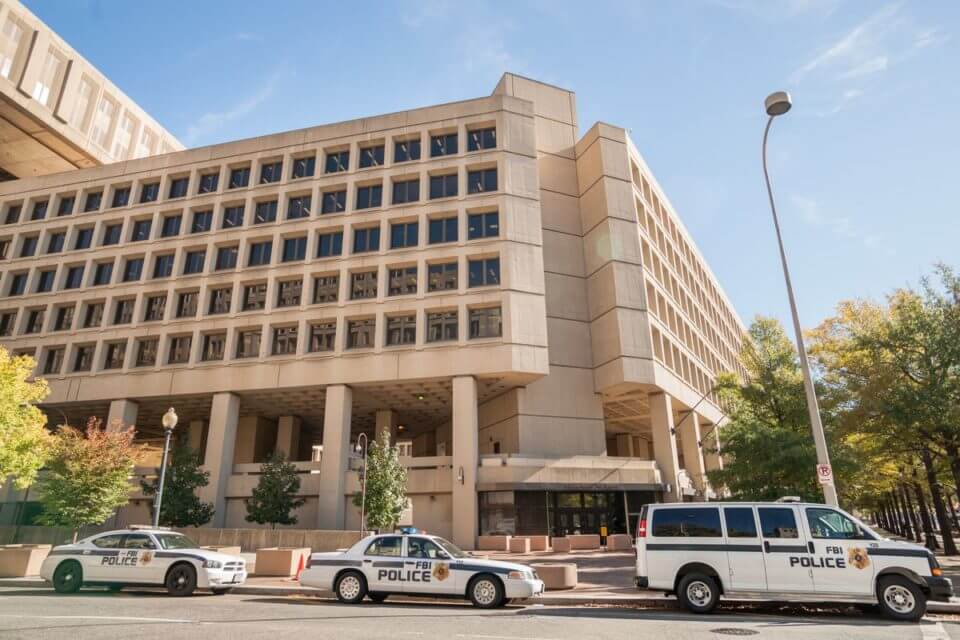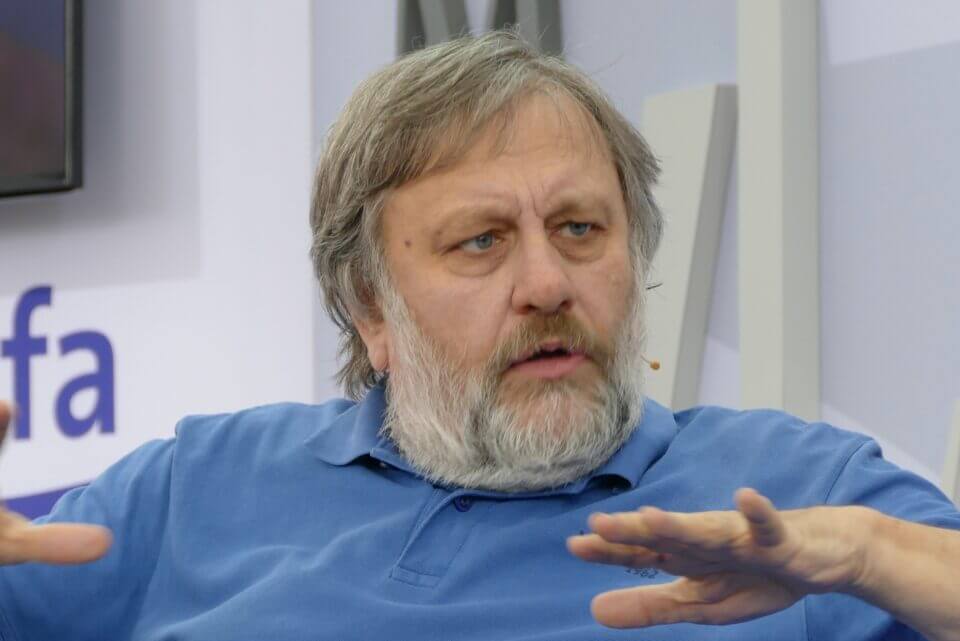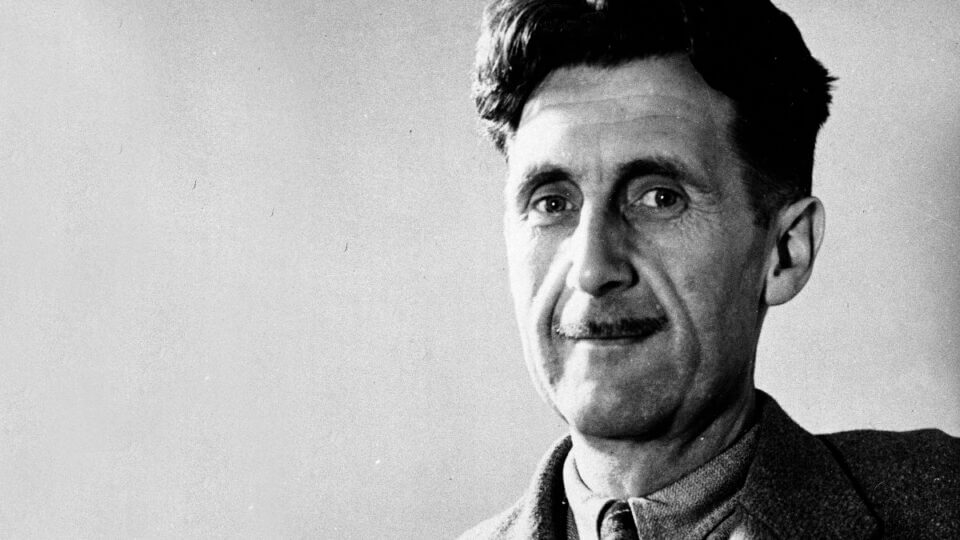
“My two cents is that respect for authority is neither a particularly conservative nor liberal trait. Rather, conservatives and liberals hold reverence for different categories of authority and the actors that operate within those spheres.”
Of all the academic work examining the cognitive nature of politics, little has been more influential than Jonathan Haidt’s moral foundations theory, first proposed in a 2004 paper authored alongside Craig Joseph.
Moral foundations theory posits that six moral touchstones—care/harm, fairness/cheating, loyalty/betrayal, authority/subversion, sanctity/degradation, and liberty/oppression—underlay human moral reasoning. The twist is that not all humans use these foundations equally. Haidt’s research shows liberals (in the contemporary American sense, i.e. progressives) tend to rely heavily on care and, to lesser extents, fairness and liberty. Conservatives use all six moral foundations more or less equally, but, relative to liberals, they emphasize loyalty, sanctity, and authority. This is why political debate can often be unproductive: Liberals and conservatives are speaking to each other in different moral languages.
Haidt’s work is very compelling, and his acclaimed 2012 book The Righteous Mind should, frankly, be required reading for anyone who wants to write about politics. But if there is one element that never sat right with me; it’s the notion that liberals are relatively immune to authority’s pull, at least in practical terms.
My two cents is that respect for authority is neither a particularly conservative nor liberal trait. Rather, conservatives and liberals hold reverence for different categories of authority and the actors that operate within those spheres. Those who believe respect for authority to be a conservative trait are using too narrow a definition of authority, often restricting the domain to patriarchal institutions.
The pattern seems to be that conservatives gravitate toward sources of spiritual and material authority, whereas liberals are inclined to respect epistemic authorities.
Indeed, recent polling by the Pew Research Center shows Republicans report significantly greater trust than Democrats in the military, police, religious leaders, officials appointed by the president, and business leaders. Democrats, on the other hand, report greater trust in scientists, public school principals, college professors, journalists, and career bureaucrats not appointed by the president. The pattern seems to be that conservatives gravitate toward sources of spiritual and material authority, whereas liberals are inclined to respect epistemic authorities.
To truly appreciate this point, it helps to remember that global and national health authorities and prestige media outlets initially downplayed the medical risk of the Coronavirus (COVID-19). The Centers for Disease Control and Prevention (CDC) and the United States Surgeon General repeatedly advised Americans against wearing masks. Much of the initial coverage of COVID-19 in liberal-leaning outlets focused on incidents of prejudice against ethnic Asians by Westerners.
The first Americans to take coronavirus seriously as an epidemiological threat—as far as I’m aware—were the denizens of what New York Times columnist Ross Douthat calls “Weird Right Wing Twitter,” who, to their credit, have generally been ahead of the game during the pandemic. They were—and are—characteristically untrusting of blue-chip epistemic authorities. Thus, they were sounding alarms long before American liberals.
But as the media and health agencies modified their position, liberals followed, eventually taking the mantle of COVID-19 alarmism. There was not necessarily new information; what had changed was the messaging from epistemic authorities.
The notion that liberals are characterized by open-mindedness, critical thought, and skepticism of authority may well be true on a foundational psychological level. But it also feels grounded in a 1960’s-era mythos of American liberalism and therefore elides the substantial changes mainstream American liberalism has undergone since the Vietnam War-era. To the extent that this was ever an accurate self-image, I believe it is less so now.
College campuses provide an easy example of liberals’ evolving stance on authority. Whereas the radicals of the 1960’s railed against the system, today’s young liberals are more likely to work within it and seek its active protection. As many commentators, such as Andrew Kelly, pointed out back in 2015, when a rash of protests erupted across campuses nationwide, much of what students were demanding was, directly or indirectly, more bureaucracy.
Contemporary liberalism’s increasing coziness with “the system” is not limited to the halls of knowledge. A Fox News poll from 2019 found 74% of self-identified liberals reported at least some confidence in the CIA, versus 58% of conservatives. The same poll found liberals also reported greater confidence in the FBI than conservatives—77% versus 62% having at least some confidence therein. Another poll conducted by the Pew Research Center around the same time found that Democrats report equal or greater favorability of nearly all federal agencies—again, despite the fact that the federal government is currently controlled by a party they do not trust, itself headed by a man many liberals believe to represent an existential threat to democracy.
My guess is that liberals have become more trusting of powerful institutions and bureaucracies because they are increasingly the ones running them.
Once more, we can turn to higher education for an illustration: A 2016 study by Mitchell Langbert, Anthony J. Quain, and Daniel B. Klein found a Democrat-to-Republican ratio of 11.5 to 1 among college professors, albeit with substantial variance across departments. Samuel Abrams, professor of politics at Sarah Lawrence College, pointed out in a New York Times essay that this phenomenon also applies to college administrators, who wield tremendous influence on campus life and are even more homogeneously liberal.
There are quite a few other influential industries with more or less uniformly liberal employees. 2014 research by Crowdpac, a progressive analytics firm that examined the political donations of employees within industries, shows, perhaps unsurprisingly, that media, technology, and entertainment fit the bill as well. Another I would add to that list: the federal government.
Using the same metric as Crowdpac, we can infer that the United States Departments of State, Defense, Veterans Affairs, Education, Labor, Energy, Commerce, Agriculture, Transportation, and Justice are staffed mostly by liberals. Surely, this is part of a broader political realignment (mostly among white Americans) that has seen the Democratic Party transformed into the party of the managerial class. It also reflects a strikingly successful Gramscian march on the part of modern liberalism, an extensive capture of the levers of cultural and technocratic influence.
However, that same success raises existential questions: To the extent that the subversion of authority is part of the liberal identity, where does it go from here? How can you rebel against the system when it’s largely run by people who share your worldview?.
Eddie Ferrara writes about policy from a data-driven perspective. He studied sociology at the University of Massachusetts Amherst. He blogs at eddiethoughts.com. Follow him on Twitter @EdwardFerrara_











